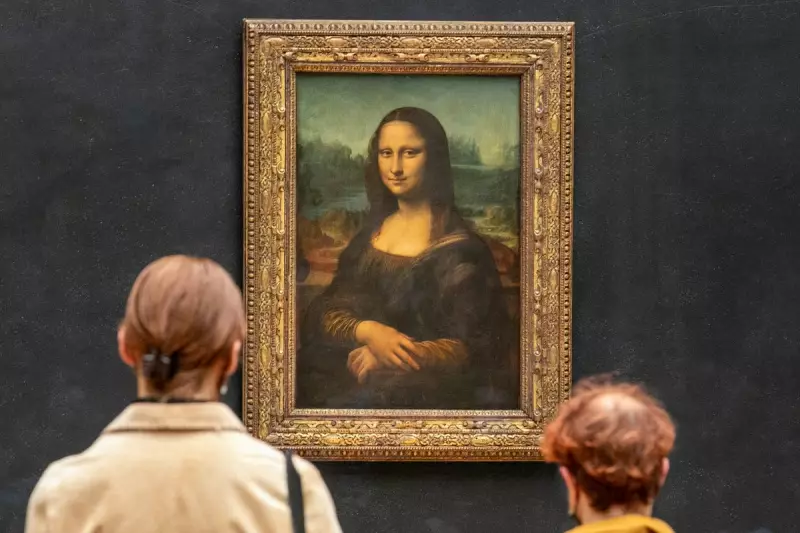
In what can only be described as a scene straight from a Hollywood thriller, the hallowed halls of the Louvre Museum became the stage for a dramatic overnight art heist that has left French authorities and the art world reeling.
The Midnight Intrusion
Under the cover of darkness, cunning thieves executed a meticulously planned break-in at one of the world's most visited museums. The burglary took place during the late hours, when the museum's sprawling galleries stood empty and silent, their precious contents vulnerable to determined criminals.
According to initial reports, the perpetrators managed to bypass the Louvre's sophisticated security systems to access areas containing irreplaceable archaeological artefacts. The stolen items, described as significant historical pieces, represent not just monetary value but immeasurable cultural heritage.
Security Questions Emerge
The successful theft has raised alarming questions about the museum's protective measures. Despite housing some of the world's most famous artworks, including the Mona Lisa and the Venus de Milo, the Louvre's defences proved insufficient against the calculated approach of these art thieves.
French police have launched a comprehensive investigation, combing through surveillance footage and forensic evidence in hopes of identifying the culprits. The international art market has been alerted to watch for the stolen pieces, though experts fear they may disappear into private collections never to be seen again.
A Pattern of Museum Thefts
This incident joins a troubling list of high-profile museum thefts across Europe in recent years. Each successful heist emboldens criminal networks that traffic in stolen cultural property, creating a persistent challenge for law enforcement and cultural institutions worldwide.
The Louvre, which attracts millions of visitors annually, now faces the dual challenge of recovering the stolen artefacts while reassessing its entire security protocol to prevent future breaches.





